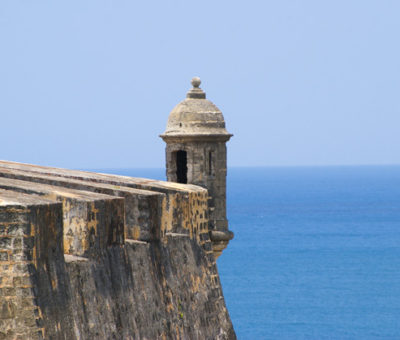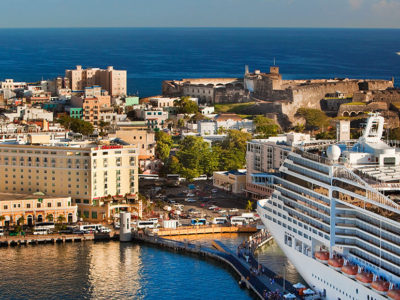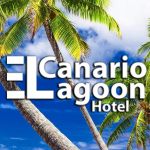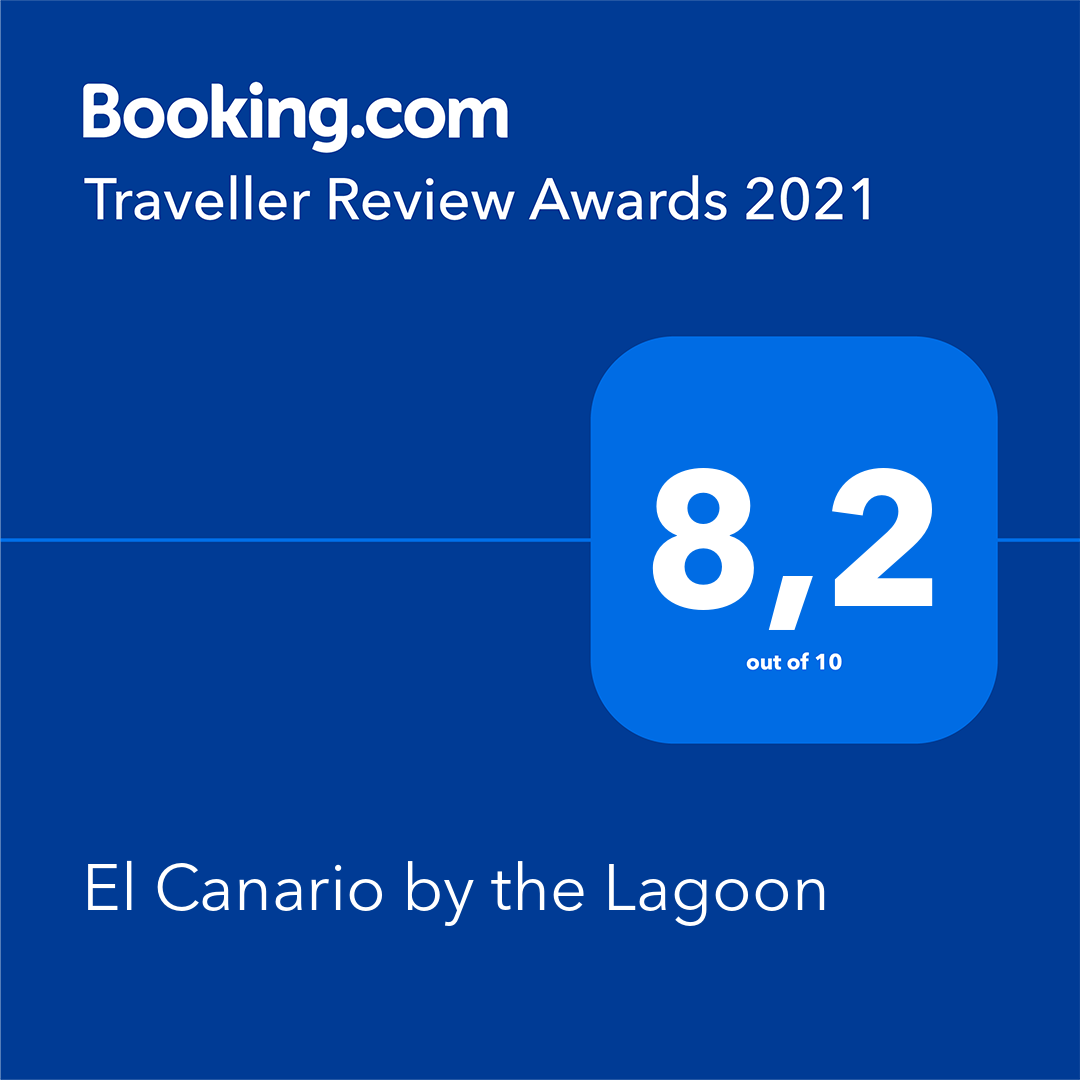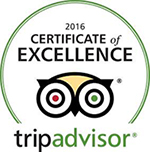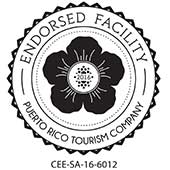Around San Juan, Puerto Rico
San Juan, Puerto Rico
Walking around San Juan, nothing else in the Caribbean quite compares to it, the frenetic, party-loving capital of Puerto Rico. With a population of one and one half million people, San Juan contains over a third of the island’s population. San Juan is one of the largest urban areas and boasts the Caribbean’s largest shopping mall, an urban train system and more make it an metropolis.
Indeed, the san juan folk like to compare their city with Miami, rather than more obvious regional peers like Santo Domingo and Havana. But while San Juan owes much to its links with the US mainland, it’s the city’s criollo roots, a rich stew of cultures and races, which provide the real allure.
The historical heart of the city is Old San Juan, a seductive blend of Spanish colonial charm, Caribbean languor and modern chic. Its cobbled streets are laced with brightly painted houses and balconies of vivid tropical blooms, with the odd palm tree squashed in between. Get to grips with the island’s turbulent history at El Morro, the imposing Spanish fortress that juts into San Juan Bay like a giant stone fist. The old cemetery nearby offers a more poignant window into the past, the resting place of many of Puerto Rico’s most illustrious citizens, while modest but engaging museums such as the Museo de Las Américas provide insights into the island’s Taíno and African roots. For a city of this size, San Juan’s beaches are pretty good too and the well-established surf scene has plenty to whet the appetite of serious shredders as well as beginners. The best beach is Isla Verde, east of the old town, where smart resorts and boutique hotels face a fine strip of sand and clear, turquoise waters, and Condado also boasts a long strand.
If you have the time, it’s well worth getting beyond the tourist zones and finding out what makes contemporary San Juan tick. The edgier barrio of Santurce, behind the beaches, has some of the best clubs in the city, plenty of cheap comida criolla and a couple of excellent art galleries, the Museo de Arte andMuseo de Arte Contemporáneo. Further south, Río Piedras is a laidback campus district with San Juan’s most vibrant market, while rural Piñones along the coast is where sanjuaneros take weekend escapes to party. The historic town of Caguas also makes for an enticing day-trip, with a smattering of less-visited museums and galleries. When it comes to food, the city’s restaurants are the most innovative in the Caribbean, ranging from rustic local diners to stylish temples of fusion cuisine. San Juan is also one of the best places in the world to experience salsa and the distinctively Puerto Rican sound of reggaetón – ideally with a rum and Coke or piña colada in hand.
Brief history
In contrast to other areas of Puerto Rico, Greater San Juan seems to have supported a relatively small number of Taíno settlements and the modern history of the city begins with the arrival of Juan Ponce de León in 1508. The Spanish conquistador surveyed what today is San Juan Bay and named it Puerto Rico (“Rich Port”) before establishing Caparra a few miles inland. It didn’t take long to realize that laying down roots in such a swampy location was a big mistake. After a prolonged dispute between the settlers and Ponce de León, the colony was moved to today’s Old San Juan and formally established in 1521. Ponce de León, who never accepted the move, sailed for Florida and died the same year – despite monuments in the city that suggest otherwise, he was not the founder of San Juan. How the name Puerto Rico was switched with “San Juan”, the original name of the island, is still a source of debate: the process was probably gradual, but by the mid-eighteenth century the current conventions were firmly established.
As one of the most strategic cities in Spain’s vast American empire, San Juan was the constant target of pirates and envious foreign powers. The English attacked in 1595, when Sir Francis Drake was rebuffed and again in 1598, when the Earl of Cumberland captured the city for sixty days. The Dutch sacked San Juan in 1625, while the British, under Sir Ralph Abercromby, were beaten off in 1797 by primarily local militia – a feat that is still the source of immense pride on the island.
Despite its capital status, San Juan remained a small city until the twentieth century. Nevertheless, by 1898, when the US took control of the island in the aftermath of the Spanish–American War, Old San Juan was desperately overcrowded: Puerta de Tierra became an overspill area for the city’s poor, while Río Piedras and Condado were absorbed as wealthier suburbs. Under US rule the city was rapidly modernized. Tourism developed gradually in the 1920s; boosted by the legalization of casinos in 1940, the real boom came in the 1960s, when Condado benefited from the US embargo of Cuba.
After a period of relative decline, the city was given a much-needed face-lift in the mid-1990s and today San Juan receives over a million cruise-ship passengers annually, making it one of the busiest cruise ports in the world.


